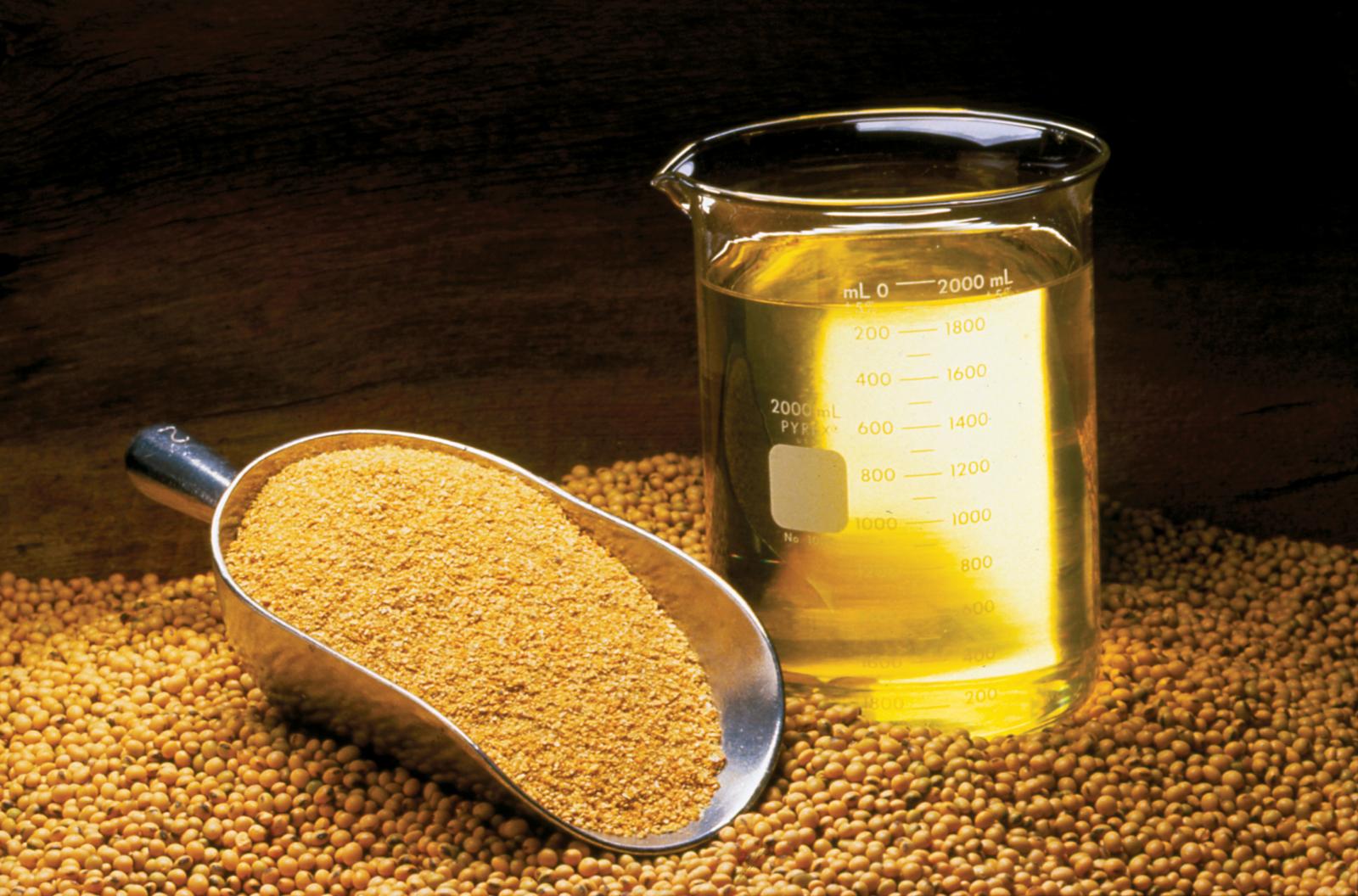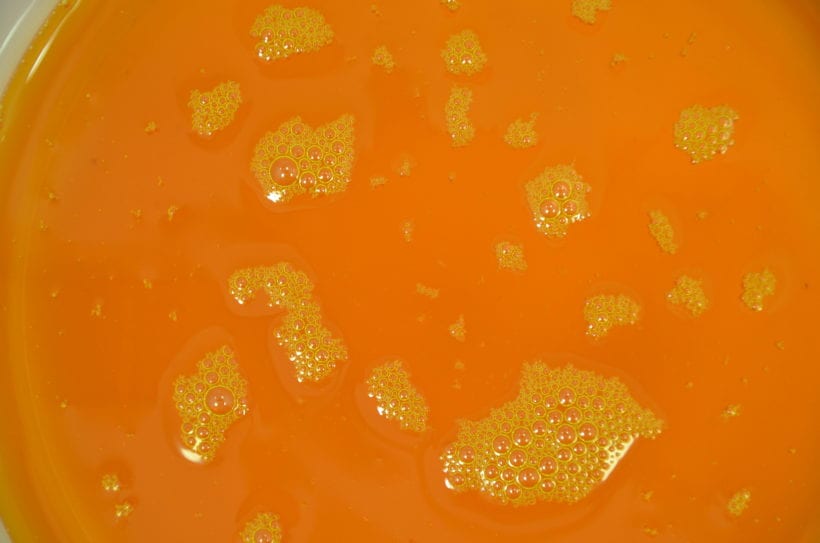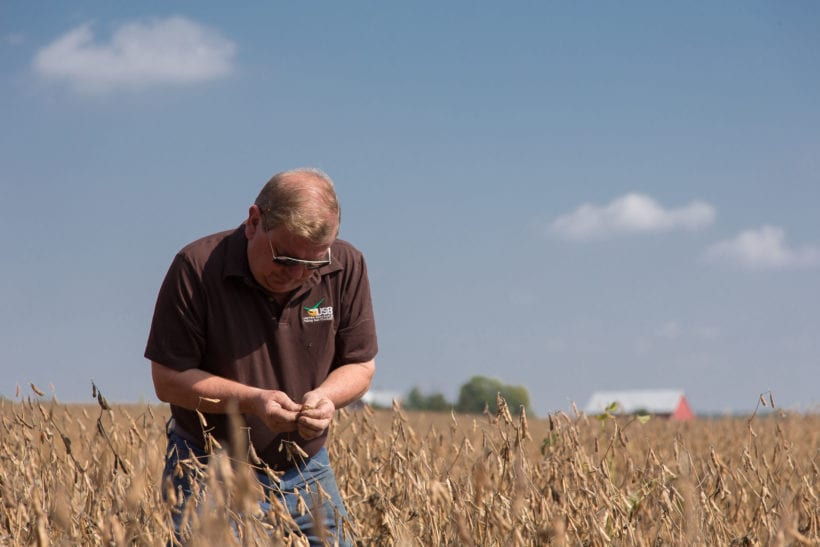Cleanliness of U.S. Soybeans is a Key Factor for Efficient Soy Oil Production
- Category:
- General News
- Soybean OIl

It is widely known that the value of the soybeans includes balanced profile for amino acids, oils, and minerals. Due to its composition, soy is a major source of oil and indeed, energy. The fat portion of the soybean is used extensively both in the food and feed industries.
Soybean oil is a key part of the soy complex and is the second most consumed vegetable oil in the world. Due to increasing demand, soy oil is now one of the main oils used for applications in the food industry and industrial applications, such as such as biodiesel and bio lubricants.
Production of high-quality oil is the main objective for any soy processor operating in the increasingly competitive edible fats and oil market place and raw materials quality is essential for the crushing process. This is particularly true in soy oil production, where achieving quality soy products involves good quality beans.

Quality index of soybean oil includes the color, smell, transparency, moisture, acid value and impurities. The quality of soybean oil is good if soybeans are of good quality. In this regard, the international soy trade is governed by well-defined quality grades and among these, the cleanliness of the beans is an important criterion. However, international soy crushers often reported that there are quality factors and faults that are not directly measured by soybean grades and different origins of the soybeans have different impacts on extracted oil quality.
Worldwide quality differences have been documented through the past decades by several research papers and, generally, soybeans from southern climates such as Brazil have higher concentrations of splits and impurities compared to soybeans produced in the north central region of the United States.
Not only that, the composition of the soybean foreign material might be different between origins. In this regard, a review of the published scientific papers demonstrates that in addition to different proportions of plant parts, broken beans, weed seeds, dirt, pods, and insects, Brazilian beans contain a high percentage of mud and red dust, from the Brazilian soil. A similar situation was also reported with the Paraguayan soybeans having a reddish color due to the iron content of the soil in which the beans grew.
Contamination with mud or dust over the permitted levels occurs when beans or equipment are in contact with the soil during harvesting, handling, storage, and transportation. If contamination with such impurities is detected, a slight change in bean color might be observed, especially in the case of the crops farmed in southern Brazil, where the bright red soils are certainly remarkable. These soils are highly oxidized, which results in them having the bright red colors due to the presence of iron oxide, which might become a problem for crushers, if soil impurities are present in the beans.

All crushers know that too much impurity in the process of oil extraction could reduce the transparency of soybean oil. As a consequence, the color of the oil extracted by soybeans stained with excess mud particles deepens since part of flakes stained with mud would get into the oil in extraction and the impurity content of soybean oil is higher, while in the case of red dust presence in the soybeans, the crushers fail to remove it from the soybeans. If the red dust is as high as 4 percent, the remaining red dust in the soybeans gives a reddish color to the soy oil and requires more bleaching clay in the refining process, which translates into higher costs for oil production.

To avoid high level contamination with impurities such mud or dust in the soybeans, farmers have to implement modern soybean production practices, especially for harvesting, handling, and storage. Indeed, the soybean production and storage practices vary widely around the world, from country to country and for each geographical region.

Most of the soybeans produced in the U.S. are high quality due to the combination of factors, such available land and abundant natural resources, modern farming practices, absence of any other competing and widely grown oilseed, a modern transportation, and handling infrastructure.
U.S. soybean farmers work very hard to produce quality soy that later is turned by crushers into high quality meal and oil. Maintaining the value of that crop doesn't stop when it’s harvested. This continues with proper storage and handling, from the famer’s storage bin to the export elevator. U.S. soybean farmers are continually improving their ability to deliver plenty of soybeans, grown sustainably, to big markets around the world.